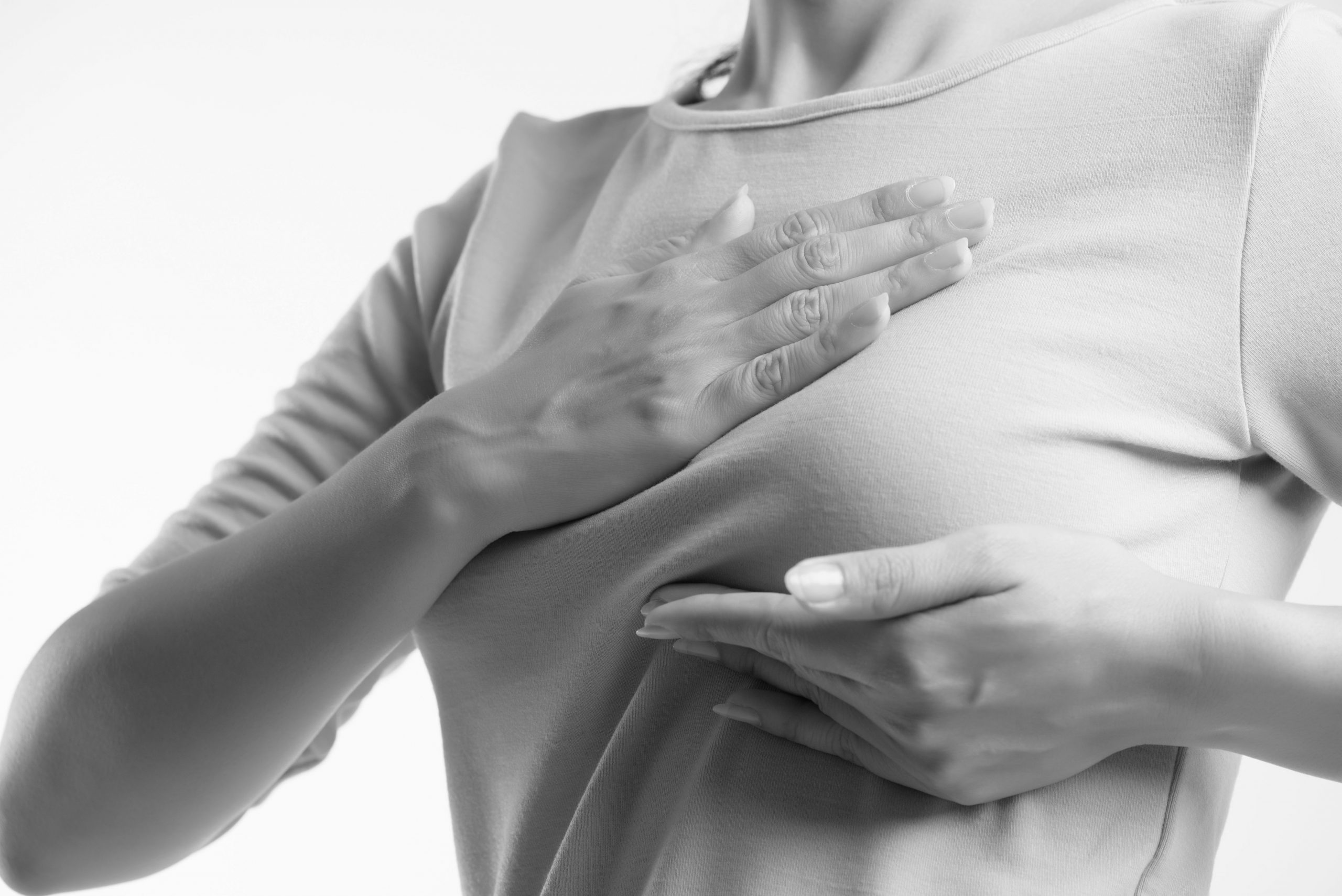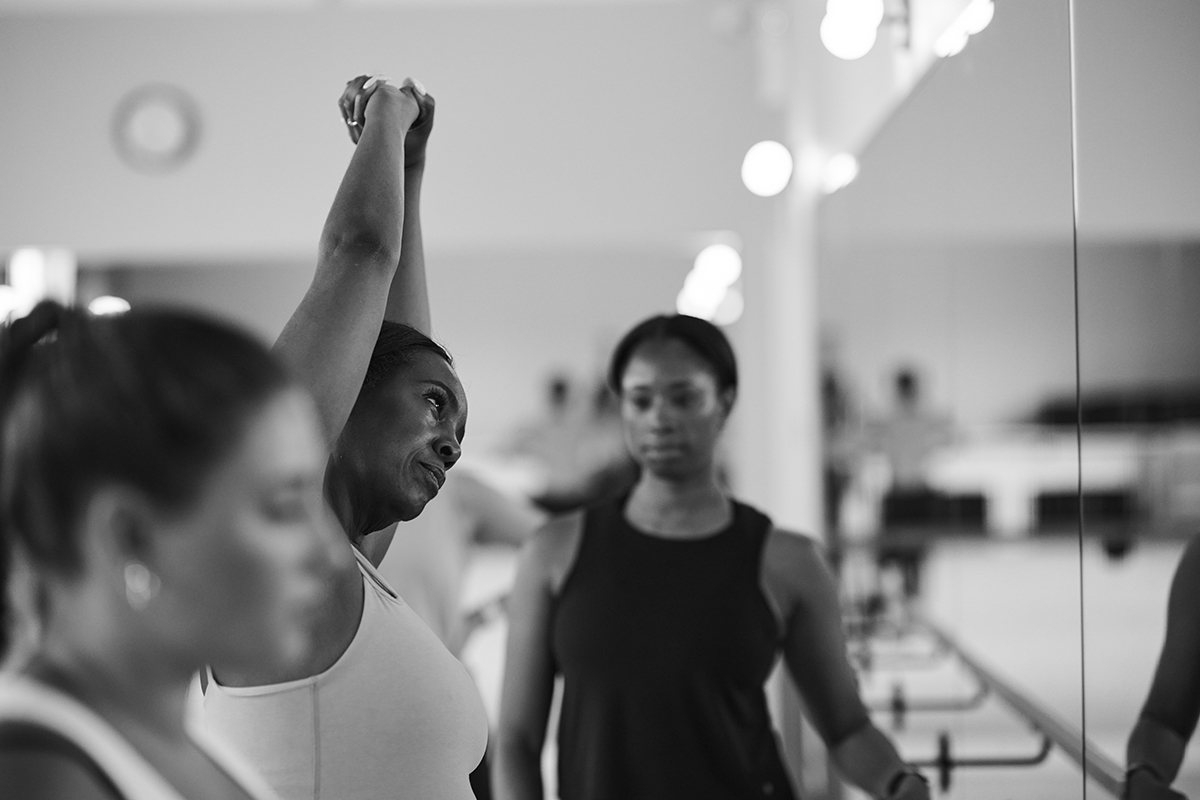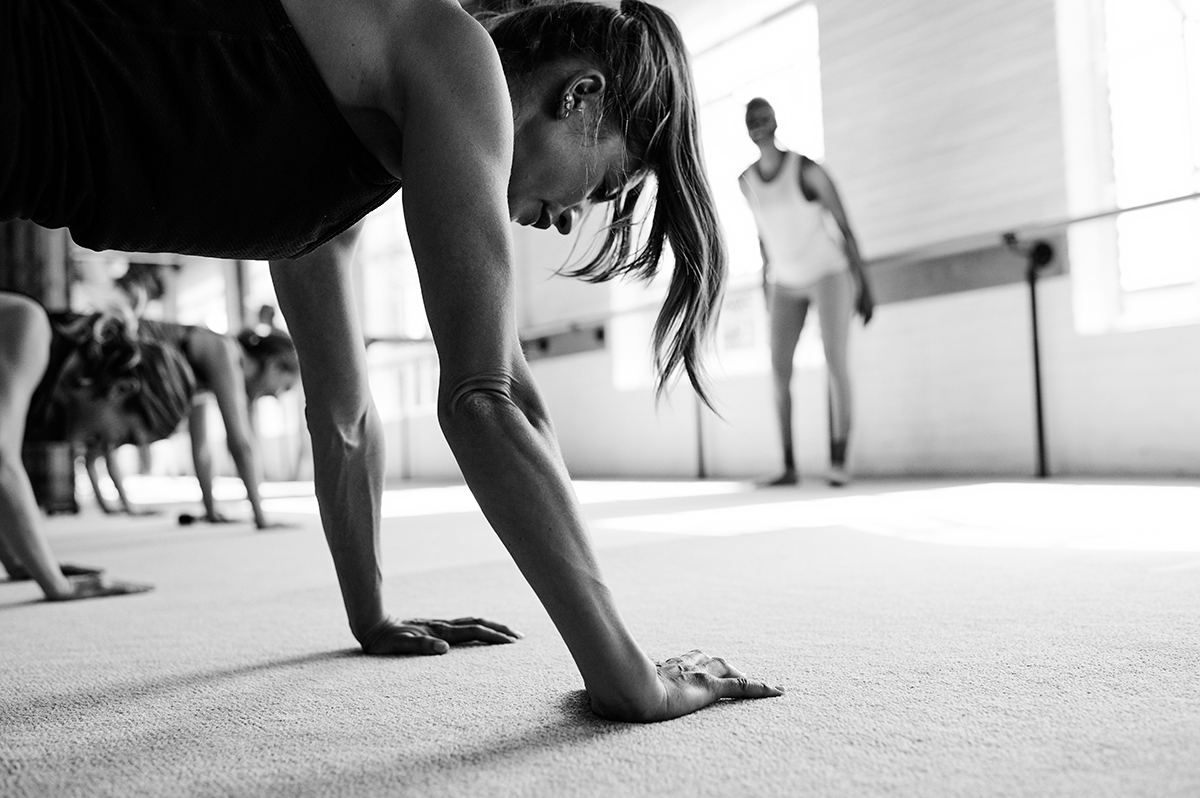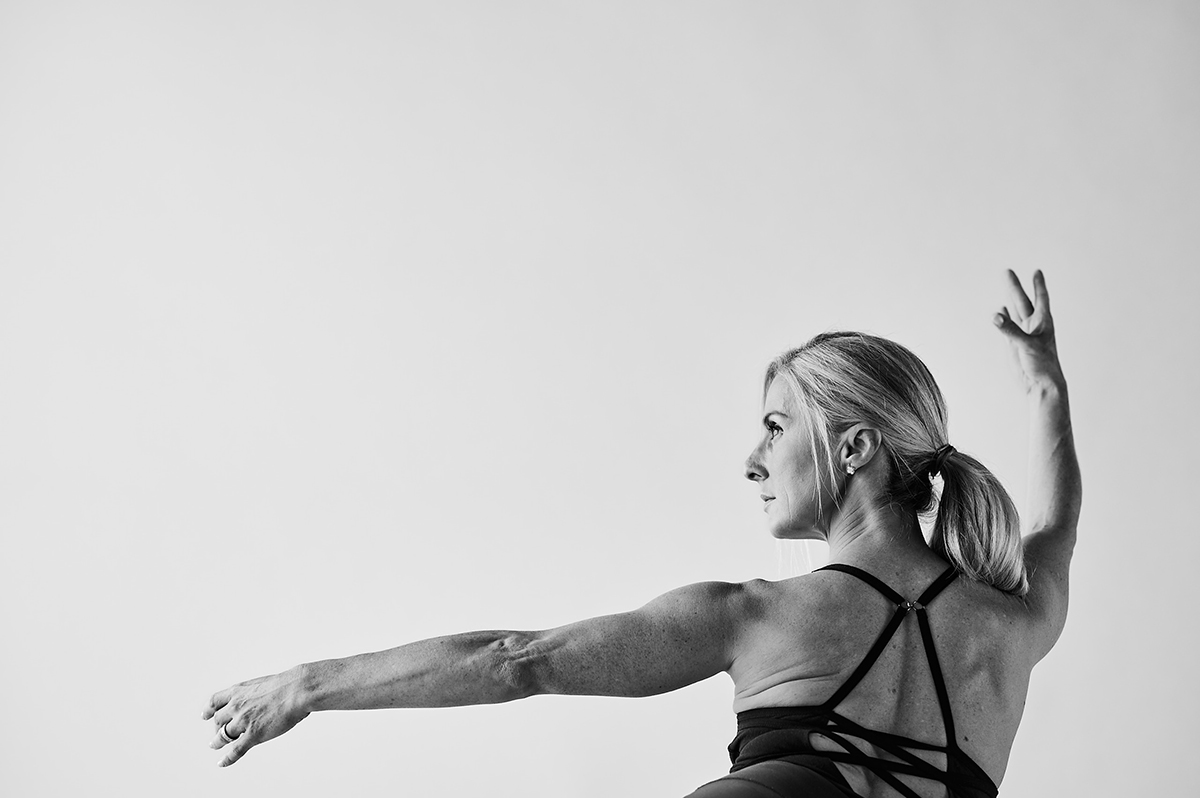New clients! For a limited time, Get 13 Classes for $78 (only $6 per class)
Everything You Need to Know About Breast Self-Exams

October marks Breast Cancer Awareness Month and the ongoing effort to increase awareness of this prevalent disease worldwide. In honor of this annual campaign, we’re highlighting the importance of early detection via breast self-exams and answering some of the most commonly asked questions about breast cancer prevention.
Early Detection: The Importance of Breast Self-Exams & Mammograms
According to Blythe K. Gorman, M.D., an Associate Professor of Pathology and Laboratory Medicine at Houston Methodist Hospital and a member of our Houston-Montrose Bar Method studio, “Early detection is one of the most powerful tools we have in our fight against breast cancer, which is why monthly self-exams are so important. By fostering awareness of your body, you’re far more likely to detect any changes that may be clinically significant as early as possible. Performing regular self-exams allows us all to become our own best advocates by taking an active role in our health care and maintenance.”
According to the American Cancer Society, one in eight women will develop breast cancer by the age of 75. But as Susan G. Komen points out, “when breast cancer is detected early and is in the localized stage, the five-year relative survival rate is 99%.” Early detection efforts include monthly breast self-exams, regular clinical breast exams and mammograms.
Mammograms actually help detect tumors before they can be felt beneath the skin, which is why these screenings are necessary for early detection. The American College of Obstetricians and Gynecologists “recommends that all women are offered breast cancer screenings with mammograms starting at 40 years old” and advises that these should be continued every one to two years until at least age 75.
While routine mammograms are recommended for women 40 and up, Gorman says that your family history is an important factor. “Not everyone should wait until 40 to start having screening mammograms. If your healthcare provider doesn’t bring up the issue, you absolutely should.”
While self-exams shouldn’t replace regular mammograms, they’re important nonetheless. In fact, the National Breast Cancer Foundation reports that an incredible “40% of diagnosed breast cancers are detected by women who feel a lump,” which further highlights the importance of performing regular breast self-exams.
Breast Self-Exams 101: When Should You Start & How Often Should You Check Yourself?
John Hopkins Medical Center advises adult women of all ages to perform breast self-exams at least once per month. By making self-examinations routine, you’ll become more familiar with your body and better able to detect any changes or anomalies.
Keep in mind that it’s not unusual for bumps and lumps to appear and reappear at certain times of the month as you experience your menstrual cycle. It’s generally best to examine yourself several days after your period ends, as your breasts are less likely to be swollen and tender from hormone fluctuations at this time. If you’re no longer having periods, you can simply pick a day of the month that’s easy for you to remember.
RELATED: 5 Breast Health Tips From an OBGYN
How to Perform a Breast Self-Exam: A Step-by-Step Guide
Not sure how to do your own breast self-exam? Here’s an overview of the process from the National Breast Cancer Foundation and BreastCancer.org:
- Step #1: Stand bare-chested facing a mirror with your shoulders straight and your arms on your hips. Check for any concerning features such as swelling, redness, soreness, inverted or leaking nipples, or unusual dimpling or puckering of the skin.
- Step #2: Lift your arms and check for the same issues.
- Step #3: Lie down and check your breasts by feeling for any anomalies with your hands. Using your first three fingers, massage your breast tissue in small circular motions roughly the size of a quarter. Proceed from the top of your collarbone to the top of your abdomen, and then move from your armpit to your cleavage area.
- Step #4: Use this same method to check your breasts while you’re standing or sitting. Many women prefer doing this self-examination in the shower, as it’s a convenient time to double-check for anything out of the ordinary.
What to Do If You Find Something
If you do feel a lump or detect something worrisome, it’s important not to panic. Most women have some lumpy tissue or palpable anomalies in their breasts at any given time due to hormone fluctuations, normal health conditions, minor injuries and more. Thankfully, most lumps turn out to be benign.
Gorman advises that the first step is to schedule an appointment with your doctor to get checked out. At your appointment, your doctor will evaluate the area by performing a physical exam of your breasts and will likely order a breast imaging test to better assess any areas of concern.
“If you have a mammogram and there is a concerning abnormality, you may need to have a diagnostic mammogram and perhaps also an ultrasound or MRI,” Gorman notes. “Based on these studies, your radiologist may recommend a biopsy. There are several different types of breast biopsies, and these are typically performed by an interventional radiologist who specializes in breast imaging and biopsy. Rest assured that there are innumerable health care professionals who devote their lives to the study, diagnosis, and treatment of breast cancer.”
Also, make sure that you feel comfortable with your doctor’s assessment and recommendations, which should include an explanation of why there’s a lump and a plan for monitoring or treating it. It’s always okay to seek out a second opinion if needed.
Gorman urges everyone — including gentlemen — to “get in the driver’s seat and avoid being a passenger when it comes to taking care of yourself. Take control of your health, be aware of your body, and encourage your friends, family, and community to do the same. Invasive breast cancer affects one in eight women and one in 833 men. Whether you know it or not, there’s a good chance that you’re surrounded by people who have either been touched by this disease, are involved in diagnosis or treatment or both. And we’re more than happy to talk.”
How Exercise Impacts Breast Cancer
According to the National Cancer Institute, studies suggest that regular physical activity may actually increase breast cancer survival rates. In fact, there’s a growing body of research that links regular exercise with better health outcomes for people diagnosed with high-risk breast cancer.
Women who engaged in regular physical activity both before their cancer diagnosis and after their treatment were less likely to die from breast cancer than those who were relatively inactive. They were also less likely to experience a recurrence of breast cancer.
It’s important to note that fat cells in the body produce estrogen, and an excess of estrogen is linked to cancers like breast cancer. Since exercise helps reduce fat cells, it’s commonly believed that it may also reduce the risk of developing breast cancer. Doctors recommend getting at least 150 minutes of moderate-intensity exercise per week — or 75 minutes of vigorous exercise throughout the week instead. Strength training twice per week is also highly recommended.
The Bar Method offers a comprehensive approach to fitness that’s designed for all ages and skill levels. Find a studio near you to experience it for yourself, or sign up for online classes here.



